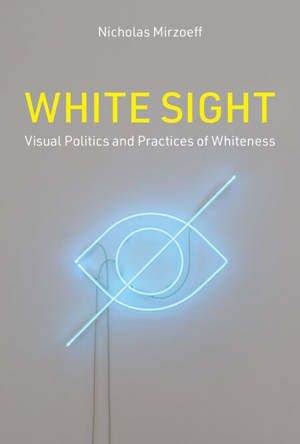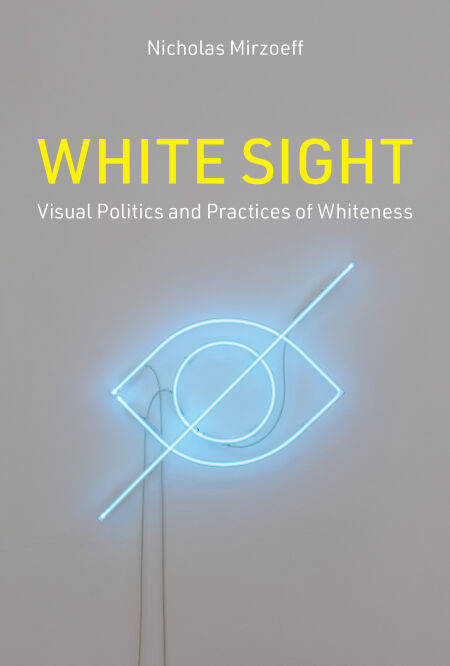
- Afhalen na 1 uur in een winkel met voorraad
- Gratis thuislevering in België vanaf € 30
- Ruim aanbod met 7 miljoen producten
- Afhalen na 1 uur in een winkel met voorraad
- Gratis thuislevering in België vanaf € 30
- Ruim aanbod met 7 miljoen producten
Zoeken
€ 29,52
+ 29 punten
Omschrijving
From the author of How to See the World comes a new history of white supremacist ways of seeing—and a strategy for dismantling them.
White supremacy is not only perpetuated by laws and police but also by visual culture and distinctive ways of seeing. Nicholas Mirzoeff argues that this form of “white sight” has a history. By understanding that it was not always a common practice, we can devise better ways to dismantle it. Spanning centuries across this wide-ranging text, Mirzoeff connects Renaissance innovations—from the invention of perspective and the erection of Apollo statues as monuments to (white) beauty and power to the rise of racial capitalism dependent on slave labor—with the ever-expanding surveillance technologies of the twenty-first century to show that white sight creates an oppressively racializing world, in which subjects who do not appear as white are under constant threat of violence.
Analyzing recent events like the George Floyd protests and the Central Park birdwatching incident, Mirzoeff suggests that we are experiencing a general crisis of white supremacy that presents both opportunities and threats to social justice. If we do not seize this moment to dismantle white sight, then white supremacy might surge back stronger than ever. To that end, he highlights activist interventions to strike the power of the white heteropatriarchal gaze. White Sight is a vital handbook and call to action for anyone who refuses to live under white-dominated systems and is determined to find a just way to see the world.
White supremacy is not only perpetuated by laws and police but also by visual culture and distinctive ways of seeing. Nicholas Mirzoeff argues that this form of “white sight” has a history. By understanding that it was not always a common practice, we can devise better ways to dismantle it. Spanning centuries across this wide-ranging text, Mirzoeff connects Renaissance innovations—from the invention of perspective and the erection of Apollo statues as monuments to (white) beauty and power to the rise of racial capitalism dependent on slave labor—with the ever-expanding surveillance technologies of the twenty-first century to show that white sight creates an oppressively racializing world, in which subjects who do not appear as white are under constant threat of violence.
Analyzing recent events like the George Floyd protests and the Central Park birdwatching incident, Mirzoeff suggests that we are experiencing a general crisis of white supremacy that presents both opportunities and threats to social justice. If we do not seize this moment to dismantle white sight, then white supremacy might surge back stronger than ever. To that end, he highlights activist interventions to strike the power of the white heteropatriarchal gaze. White Sight is a vital handbook and call to action for anyone who refuses to live under white-dominated systems and is determined to find a just way to see the world.
Specificaties
Betrokkenen
- Auteur(s):
- Uitgeverij:
Inhoud
- Aantal bladzijden:
- 352
- Taal:
- Engels
Eigenschappen
- Productcode (EAN):
- 9780262373098
- Verschijningsdatum:
- 13/02/2023
- Uitvoering:
- E-book
- Beveiligd met:
- Adobe DRM
- Formaat:
- ePub

Alleen bij Standaard Boekhandel
+ 29 punten op je klantenkaart van Standaard Boekhandel
Beoordelingen
We publiceren alleen reviews die voldoen aan de voorwaarden voor reviews. Bekijk onze voorwaarden voor reviews.








